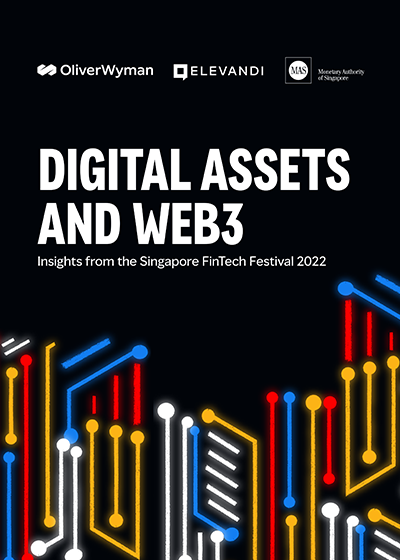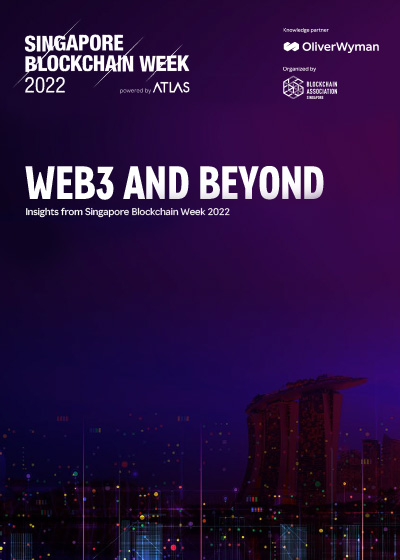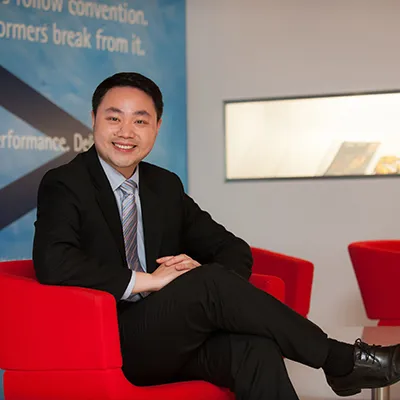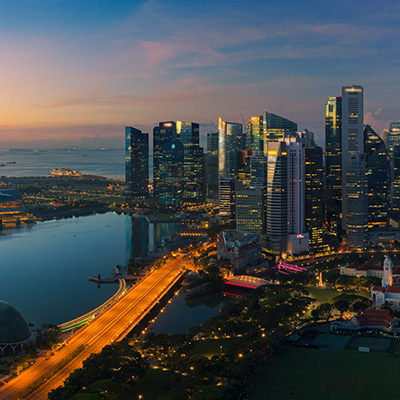The Sandbox, which has sold virtual land in three metaverse neighbourhoods, is expected to be more engaging for users as more gameplay elements like a multiplayer feature will be added by the end of 2023.
In September, the platform will add a Singapore neighbourhood, called Lion City, to its metaverse, said Mr Borget.
He added that a goal of the neighbourhoods is to show that the technology can create jobs and new skills.
Over the longer term, Mr Wong said his goal is to work with the Institute of Technical Education (ITE) to introduce the metaverse world to its students and teach them the skills they need to create content in the virtual world.
As a first step, ITE will set up a studio to build experiences in The Sandbox. This will give students an idea of the technical and working skill sets they need to build things in the metaverse.
“From there, after competencies are built, ITE can start to transfer these competencies to the students. Then the students have new skill sets. It could even be vocational,” Mr Wong said.
When told that the technology used in metaverses is not as user-friendly as one would expect, Mr Borget said that a mobile version of The Sandbox that users can enter with a click is expected to come in 2024.
He said that the biggest misconception about the metaverse is that it works only with a fixed platform.
“Metaverse is really not attached to a single platform. It can be on mobile, desktop, virtual reality and augmented reality consoles. The idea is that your digital identity and all your digital goods can move freely between any of those worlds, so you’re no longer locked in the platform as a user and you can really enjoy the freedom of moving, owning, transferring or selling them if you want,” said Mr Borget.
The developments come as investors’ appetite for the metaverse has started to cool as they flock to put their money in artificial intelligence.
Critics have pointed out that a key reason is the metaverse technology has not made meaningful progress and the adoption rate remains low.
Others have said that the concept of metaverses has proven to be time-consuming and expensive to bring to reality.
But Mr Wong said he thinks companies will eventually include the metaverse as part of their outreach strategy.
“Every new technology will go through a period of pushback because people don’t like change, don’t accept change or don’t want to change. We are obviously in that state right now.”
Source: The Straits Times © SPH Media Limited. Permission required for reproduction.









